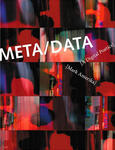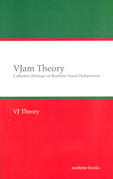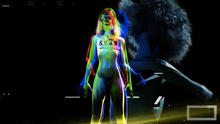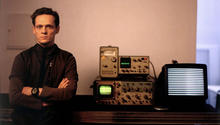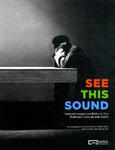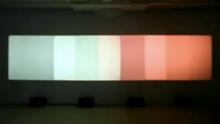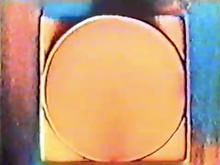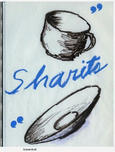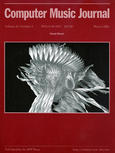Daihei Shibata
(*1982) is a Japanese visual artist. He graduated from Chiba University, specializing in media design. He works in motion graphics, including video installation works, TV commercials, and short films.

Daihei Shibata is a Japanese visual artist. He graduated from Chiba University, specializing in media design. Just after the graduation, he became a member of WOW inc., working in motion graphics, including video installation works, TV commercials, and short films. He always tries to find new possibilities in visual expressions in wide range of fields.
Source: ADC Young Guns
